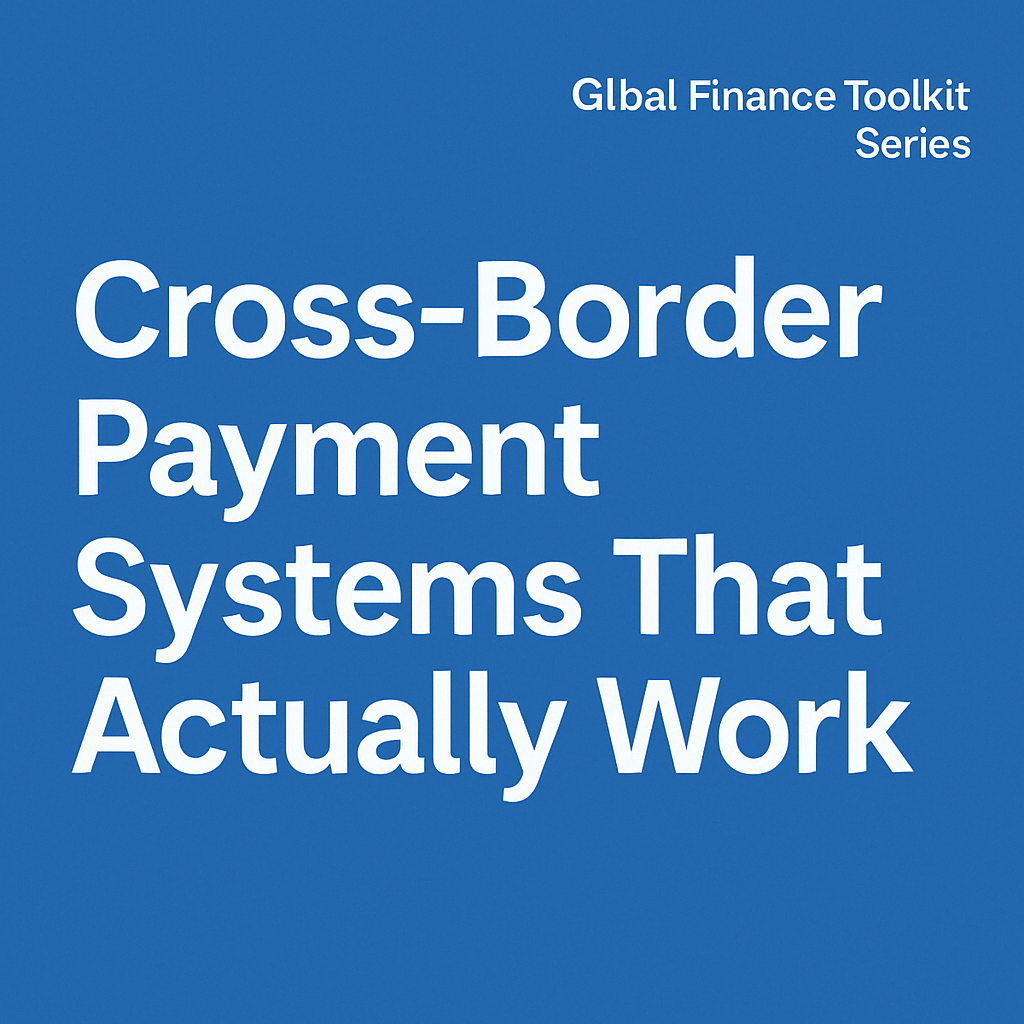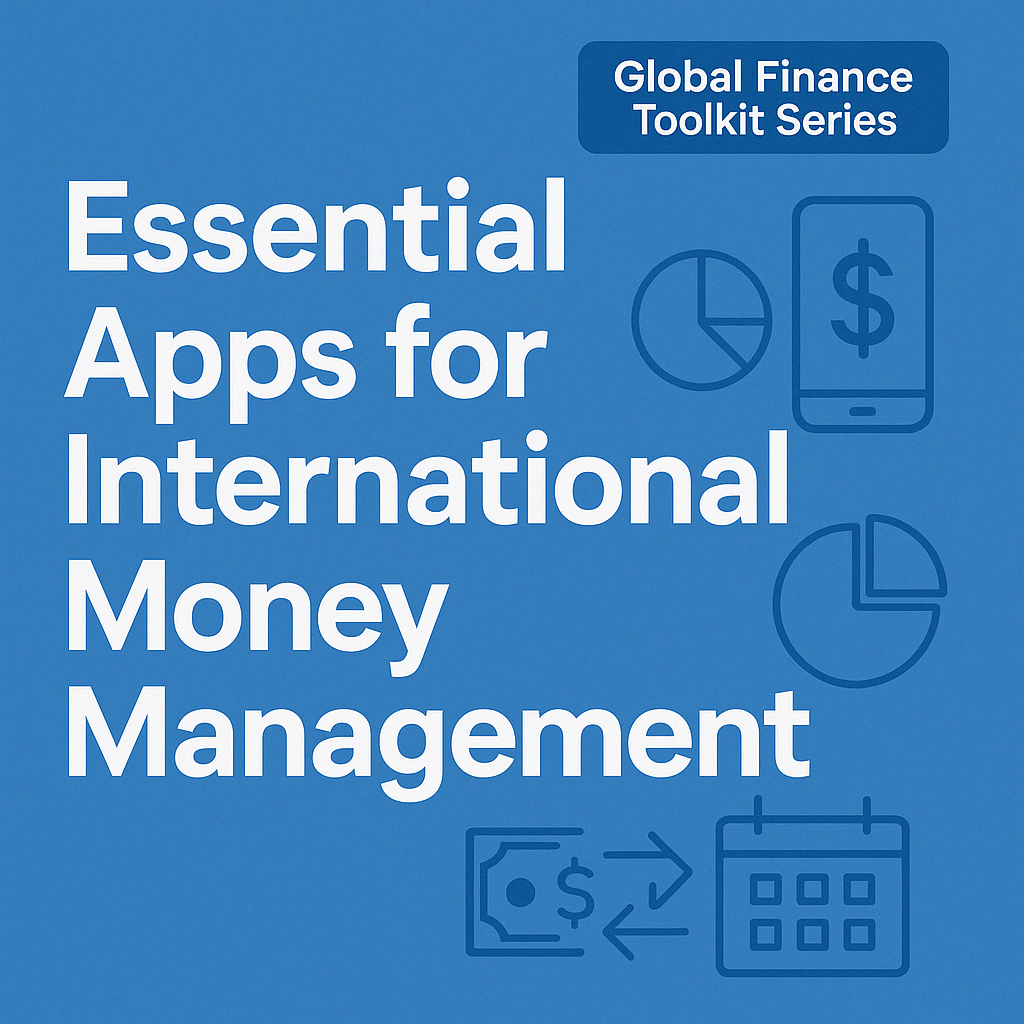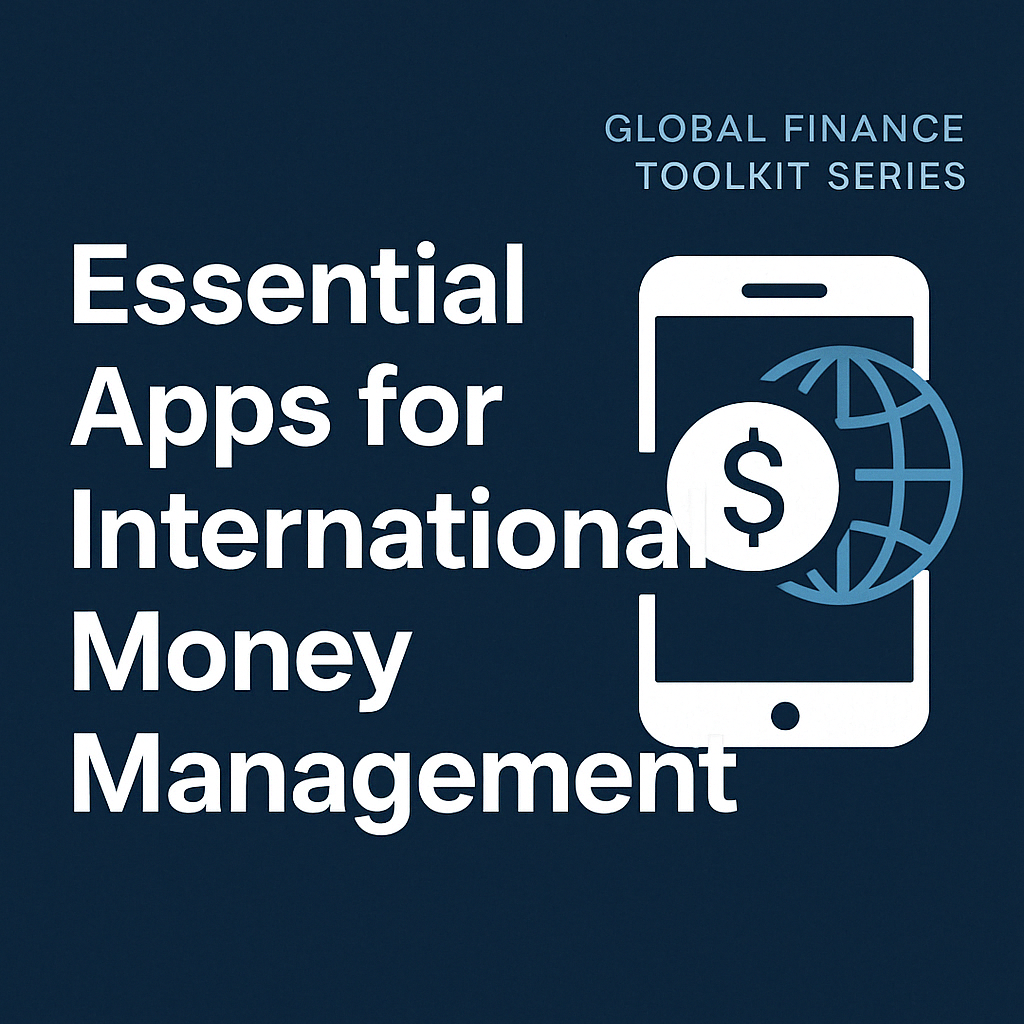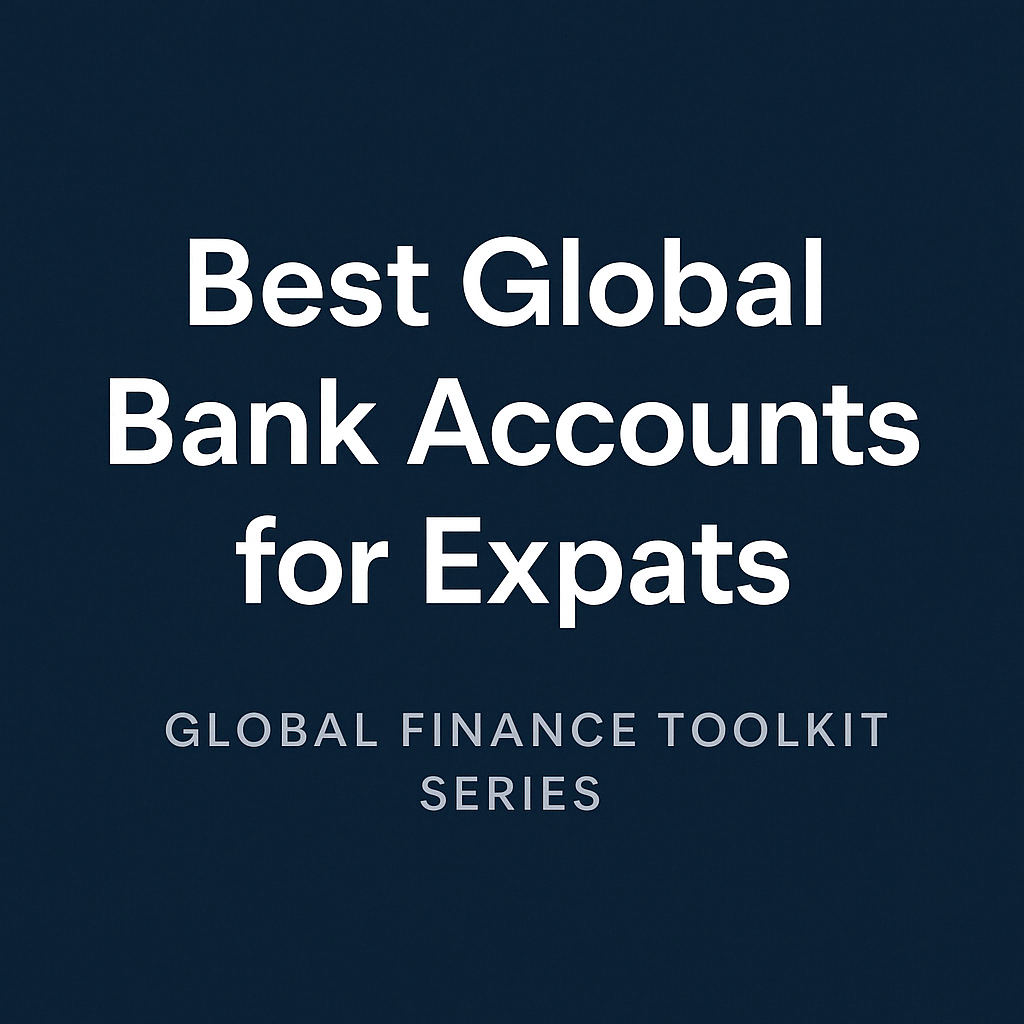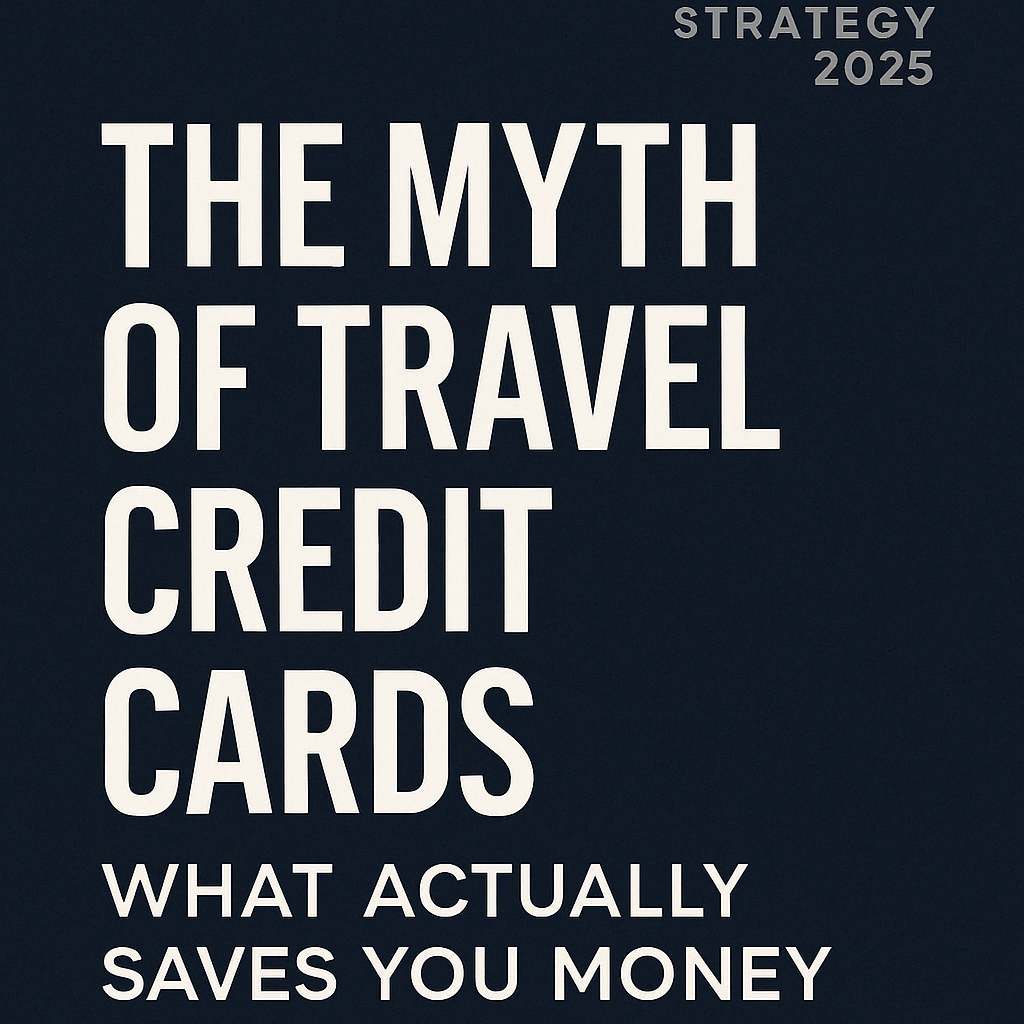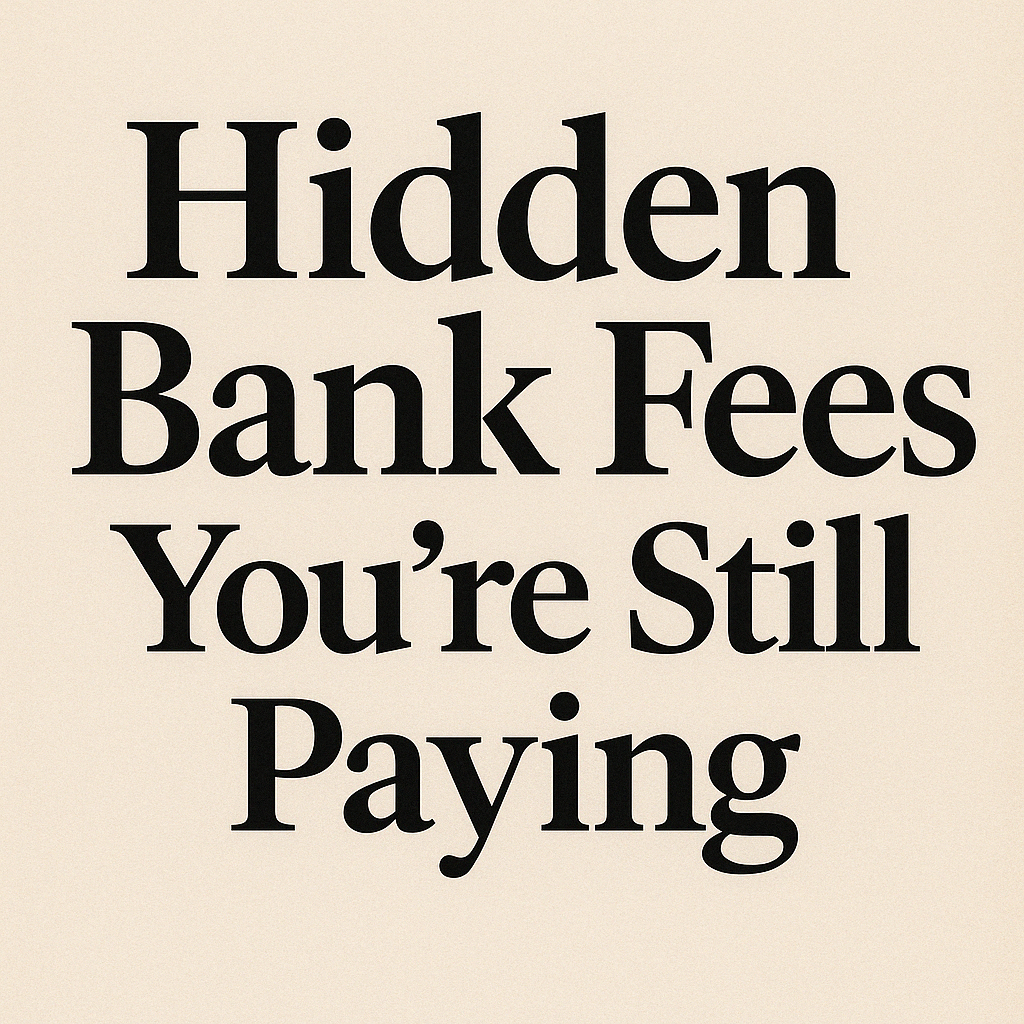Tools to Automate Your Global Cashflow
Build a system that runs your money while you sleep — even across borders.
Introduction
Imagine your income, savings, and payments flowing seamlessly around the world — without needing your daily input. That’s the power of cashflow automation.
For expats, freelancers, and digital nomads, managing money across countries can be time-consuming. But with the right tools, you can create a self-operating system that moves, converts, saves, and distributes your money automatically.
This guide explores the best automation tools and techniques for managing your global finances in 2025 — so your cashflow works even when you’re not.
1. What Is Global Cashflow Automation?
Cashflow automation means using digital tools to:
- Receive income (salary, freelance payments, passive revenue)
- Convert currencies when rates are favorable
- Automatically transfer funds to specific accounts
- Distribute monthly expenses (rent, insurance, etc.)
- Save or invest a fixed amount monthly
- Trigger alerts or actions based on balance thresholds
In short, it’s setting up rules so your money moves itself — securely, efficiently, and globally.
2. Why You Need It
- Avoid human error
- Save time every month
- React faster to currency shifts
- Ensure regular savings happen
- Maintain financial order across multiple countries
- Live like a global citizen, not a stressed accountant
Automation is not about giving up control — it’s about building a system that follows your plan without your constant involvement.
3. Best Tools to Automate Your Global Cashflow
Wise (Scheduled Transfers + Multi-Currency Rules)
- Create recurring transfers across currencies
- Set payment schedules (weekly, monthly, etc.)
- Automate payrolls for remote teams
- Excellent for handling different time zones
Revolut (Rules + Vaults + Goals)
- Create recurring transfers to Vaults (savings)
- Automate budgeting limits
- Instant FX exchange with thresholds
- Set up salary splitting by percentage
Payoneer (Business Automation)
- Auto withdrawal to local bank accounts
- Receive from multiple platforms (Upwork, Amazon, Fiverr)
- Supports bulk payments
- Ideal for freelancers and global sellers
YNAB (You Need A Budget)
- Rule-based budgeting
- Automatically distributes income to categories
- Long-term planning with goal tracking
- Syncs with banks and cards
Zapier + Banking APIs
- Connect financial apps via automation triggers
- Example: “If Payoneer > $1,000, send 25% to savings account”
- Fully customizable logic chains
- Requires some technical setup
Crypto Automation (via Coinrule, 3Commas)
- Automate crypto trades or transfers
- Set conditions based on market movement
- Advanced: send profits to fiat account automatically
4. Example of a Fully Automated Setup
Case: Remote Freelancer Living in Portugal
| Action | Tool Used |
|---|---|
| Receives $ via Upwork | Payoneer |
| Auto-withdraw to Wise (USD) | Payoneer |
| Converts 25% to EUR | Wise (rule) |
| Sends rent to EU landlord | Wise (monthly) |
| Moves 15% to savings Vault | Revolut |
| Tracks monthly budget | YNAB |
| Triggers alerts on thresholds | Zapier + Email |
This setup runs itself, across 3 platforms and 2 currencies.
5. Tips for Safe and Effective Automation
- Always set alerts or backups in case of failed transfers
- Test automation with small amounts first
- Use platforms with 2FA and customer support
- Document your rules in case of review or audit
- Schedule regular checks (monthly) even for automated flows
Final Thoughts
Automation is the difference between managing your money and having your money manage itself.
Rule #5: You work hard for your money — it should work just as hard for you.
Build a system that grows and protects your cashflow, even while you sleep.

